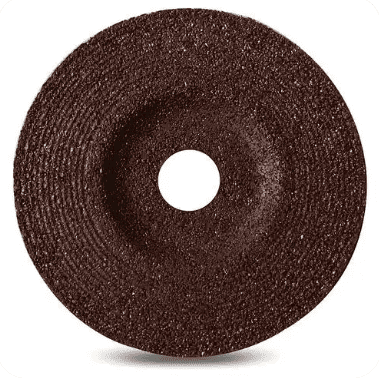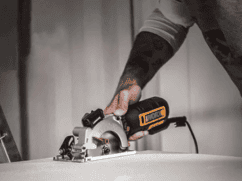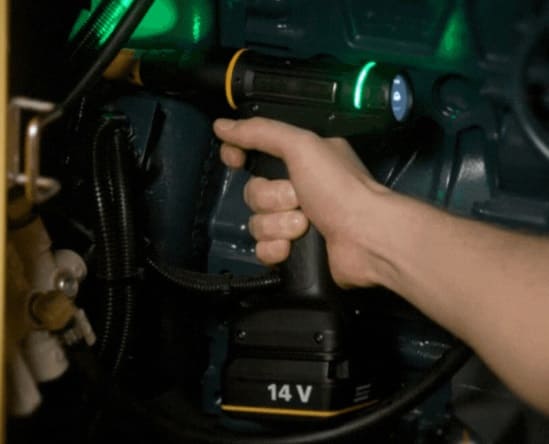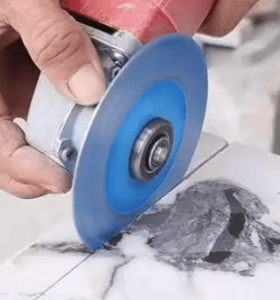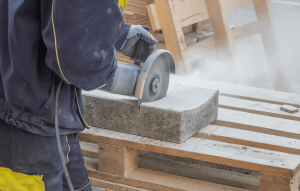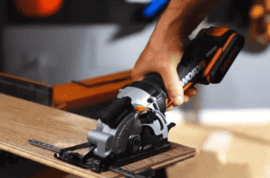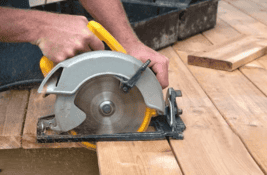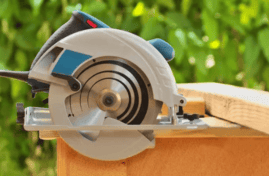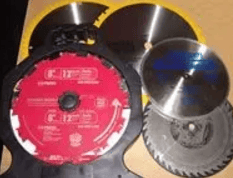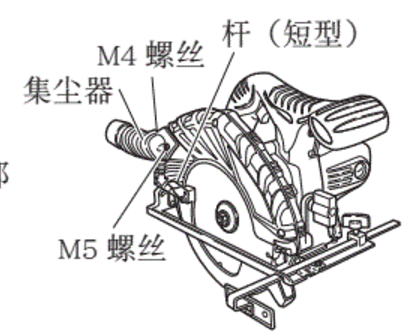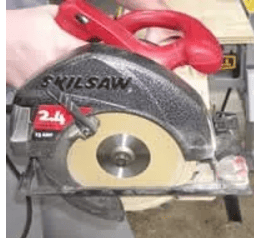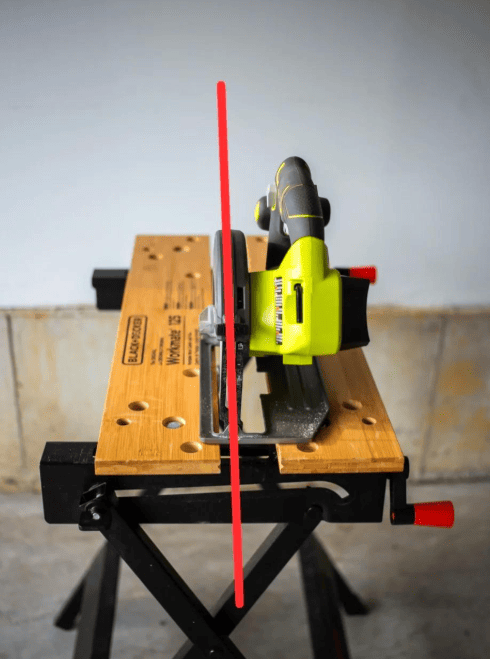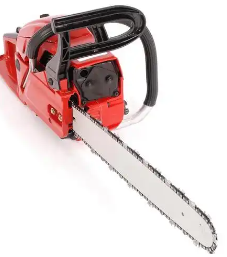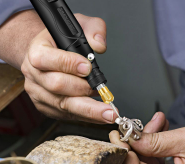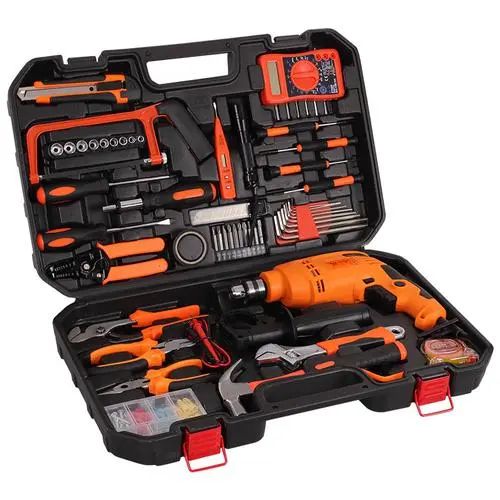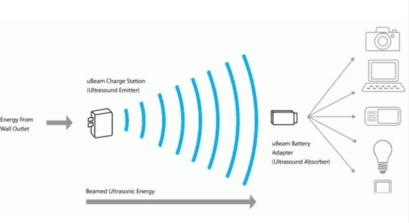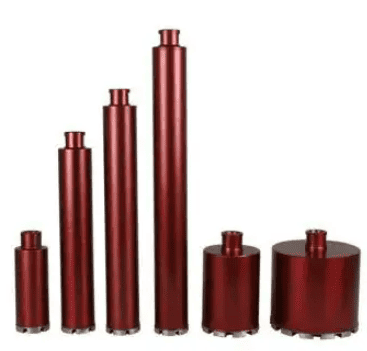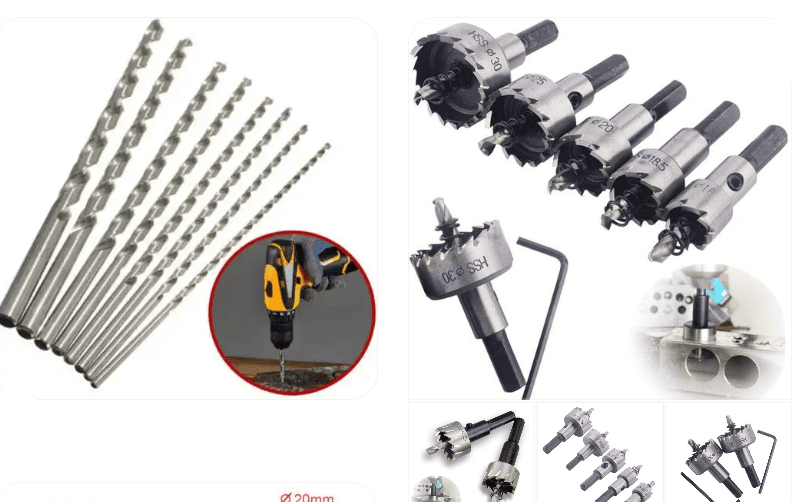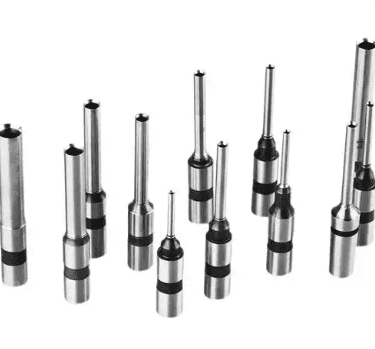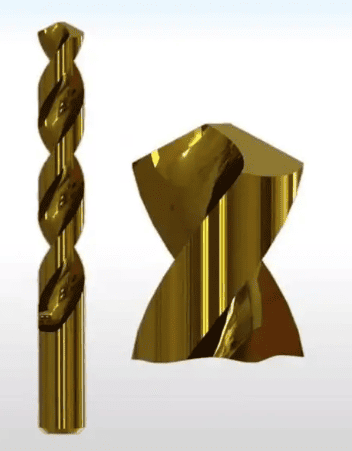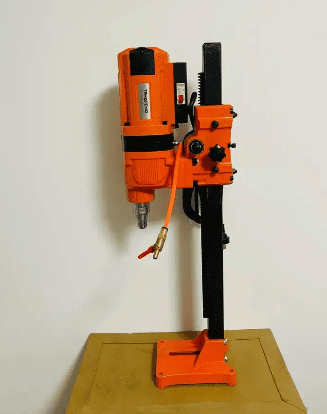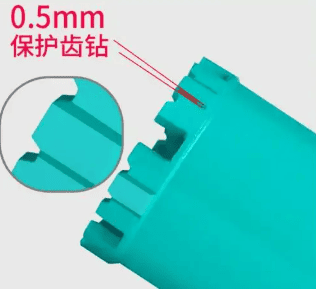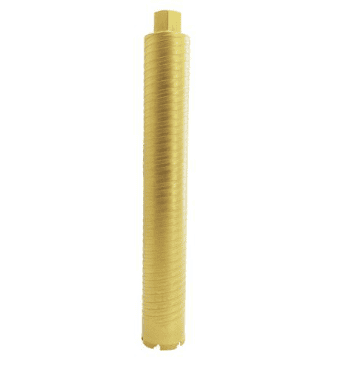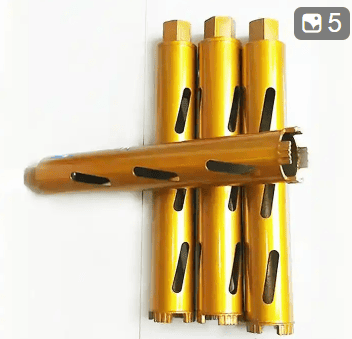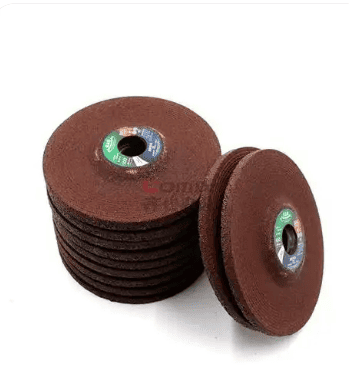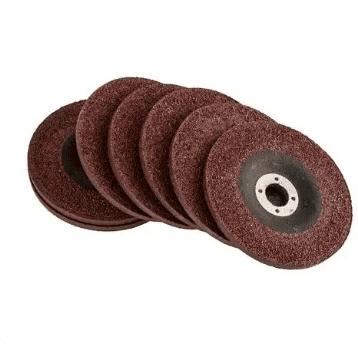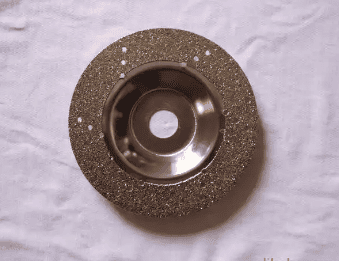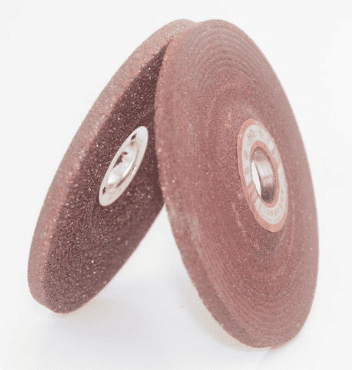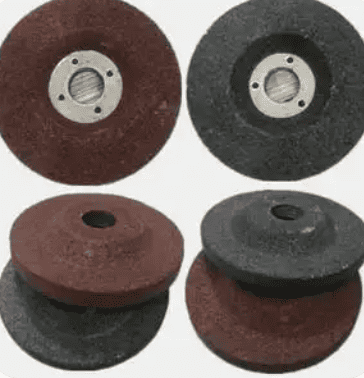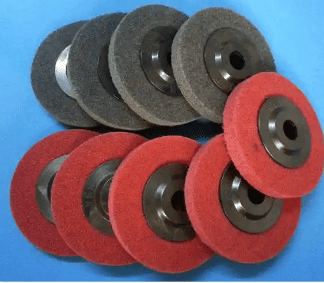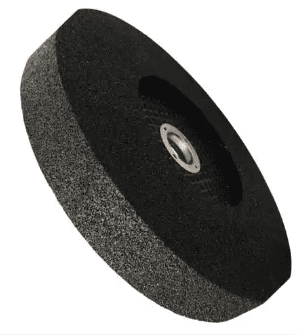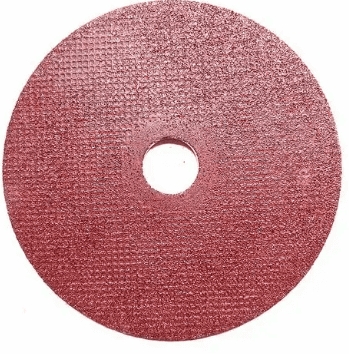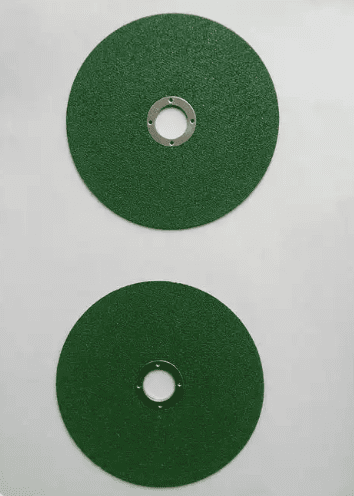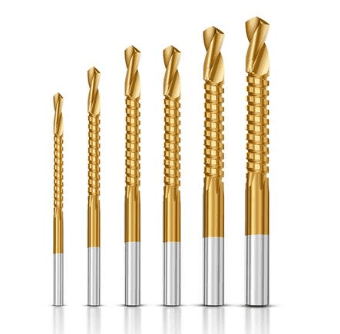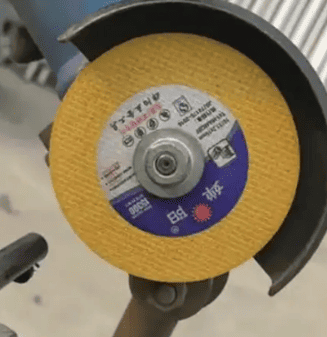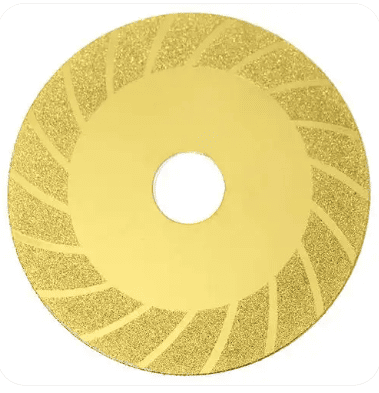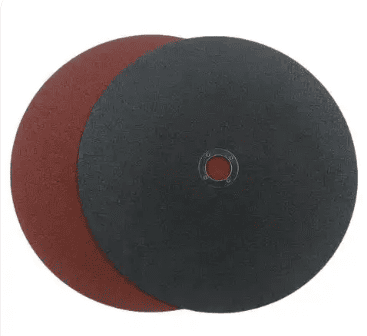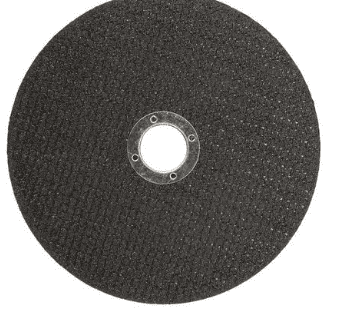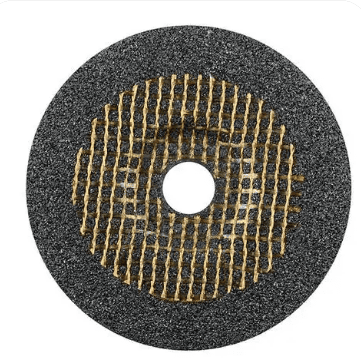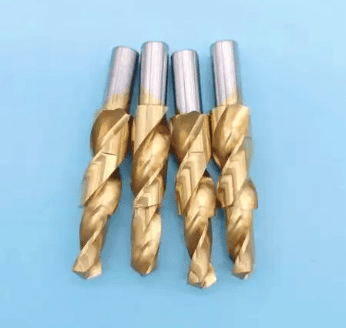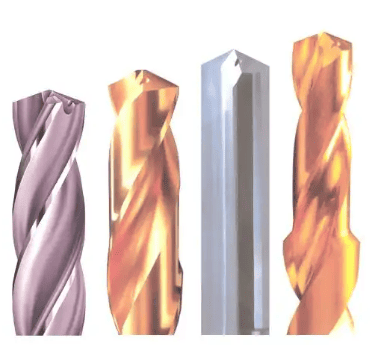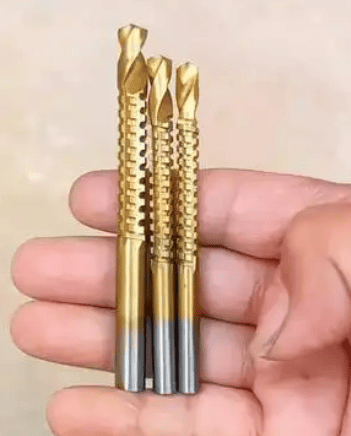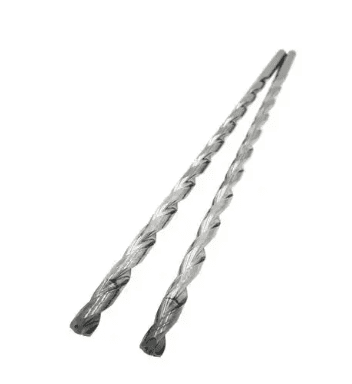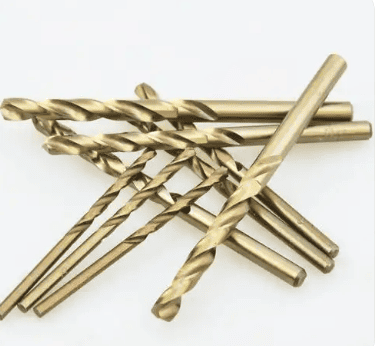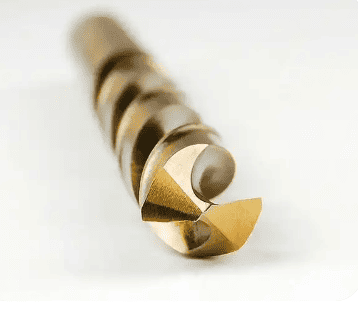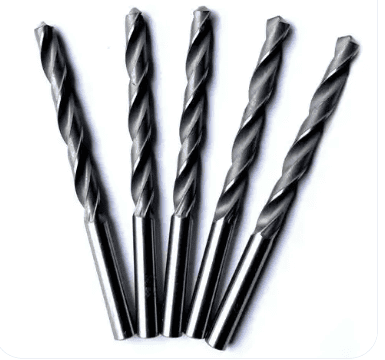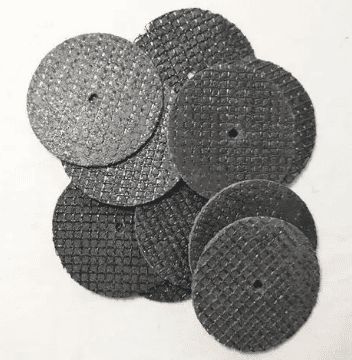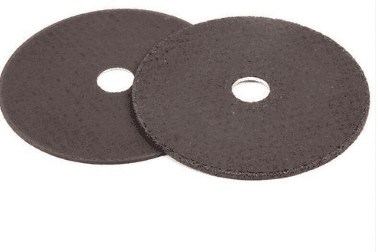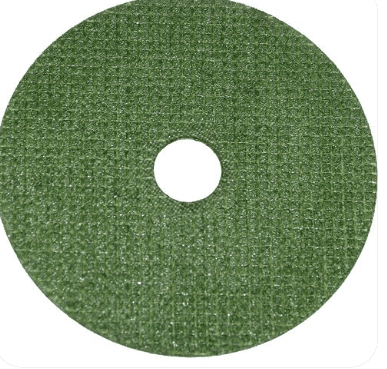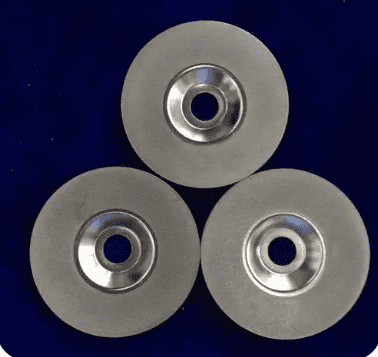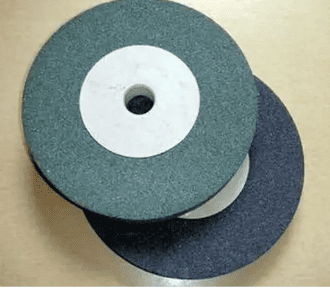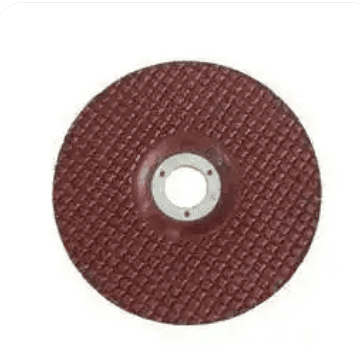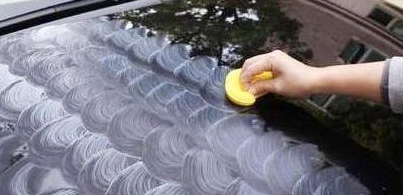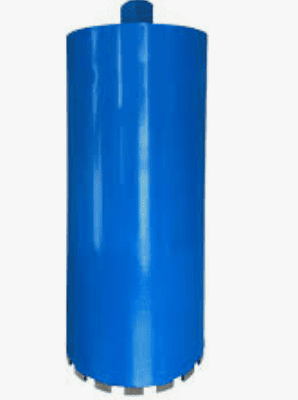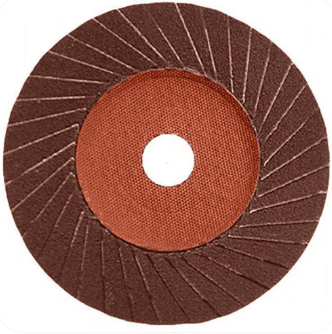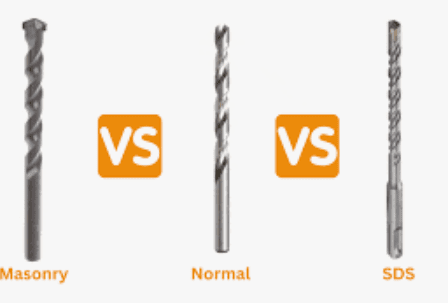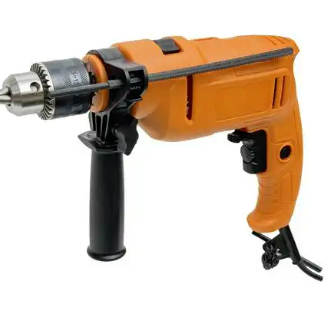The Complete Guide to Grinding Wheel Selection: A Comprehensive Analysis from Structure to Abrasives
Fundamentals of Grinding Wheels
Understanding the basic principles of grinding wheels is key to selecting the right one. Unlike saw blades, which have teeth only on the edge, grinding wheels are cutting tools with abrasive grains distributed across their surface. On the workpiece, thousands of hard abrasive grains work together to remove tiny material fragments. Compared to other machining tools, grinding wheels have stricter requirements for shape and hardness, leading to a wide variety of types for different grinding needs.
Structure of Grinding Wheels
The structure of a grinding wheel is a major determinant of its performance. It consists of abrasive grains and a bond, which together define the wheel’s characteristics.
Abrasive Selection
Choosing the right abrasive is crucial, as it directly impacts machining efficiency. Common abrasives include:
- Aluminum Oxide (Al₂O₃): The most widely used abrasive in grinding wheels, suitable for carbon steel, alloy steel, high-speed steel, and other metals. Different grades are designed for specific grinding tasks.
- Zirconia Alumina (ZrO₂-Al₂O₃): Combines the advantages of aluminum oxide and zirconia, offering enhanced durability.
- Silicon Carbide (SiC): Primarily used for non-ferrous metals, stone, rubber, and other non-metallic materials.
- Ceramic Aluminum Oxide: A newer abrasive produced through a gel-sintering process, featuring high-purity grains with controlled micron-level fracturing. Ideal for precision grinding of steel.
Bond & Grit Size Selection
The bond and grit size significantly influence grinding wheel performance. The bond holds the abrasive grains together, while grit size affects machining efficiency and material removal rate.
Role of the Bond
The bond plays an essential role in securing the abrasive grains, affecting the wheel’s durability and finish quality. Common bond types include:
- Vitrified (Ceramic) Bond: The most widely used, known for its rigidity and high precision but somewhat brittle.
- Resin Bond: Made from synthetic resins, ideal for high stock removal operations.
- Rubber Bond: Provides a fine finish, often used in precision grinding.
Bond strength grades determine the wheel’s suitability for different tasks.
Impact of Grit Size
Selecting the right grit size is critical for balancing material removal and surface finish:
- Coarse grits (lower numbers): Remove material quickly but leave a rougher finish.
- Fine grits (higher numbers): Produce a smoother finish but remove material more slowly.
The choice depends on material type and grinding requirements—coarse grits for steel/alloy steel, fine grits for fragile or precision workpieces.
Grinding Wheel Shapes & Applications
Grinding wheels come in various shapes to suit different machining needs. Proper selection and careful installation are essential for effective use.
Common Shapes
- Straight Wheels: Used for external cylindrical grinding.
- Cup Wheels: Suitable for internal and curved surface grinding.
- Block & Angle Wheels: Designed for tool sharpening and hard-to-reach areas.
Selection & Installation
When choosing a wheel, consider:
- Material being ground
- Amount of stock removal
- Operating speed
Before installation, inspect the wheel for damage. Ceramic-bonded wheels must undergo a ring test to check for cracks. Ensure the spindle speed does not exceed the wheel’s maximum safe operating speed.
Superabrasives for High-Hardness Materials
Superabrasives (e.g., diamond, CBN) are designed for grinding extremely hard materials like carbide and high-speed steel. Common bonds include:
- Resin Bond: Offers fast cutting with low heat generation.
- Vitrified Bond: Used in high-volume production for its durability and rapid material removal.
Grinding Wheel Specification Reference Table
Common Sizes
- Diameter (D): 100mm, 125mm, 150mm, 180mm, 200mm, 250mm, 300mm
- Thickness (T): 1mm, 1.6mm, 2mm, 2.5mm, 3mm, 4mm, 5mm
- Bore (H): 16mm, 20mm, 22.23mm, 25mm, 32mm
Applications by Type
- Resin Cut-Off Wheels: For metals (stainless steel, copper, aluminum).
- Diamond Cut-Off Wheels: For hard materials (diamond, ceramics).
- Resin Grinding Wheels: Surface grinding of stainless steel, semi-hard alloys.
- Vitrified Grinding Wheels: High-precision machining.
- Diamond Grinding Wheels: Hard material grinding (diamond, ceramics).
Note: Always select the appropriate wheel type to avoid inefficiency or damage.
Selecting Wheels for Small Surface Grinders
Common sizes in hardware stores:
- Bore: 31.75mm (common), 32mm (rare)
- Diameter: 7″ (180mm, most common), 8″ (200mm)
- Thickness: 3mm–32mm (common: 180×3×31.5, 180×6×31.75, 180×10×31.75)
Grit Selection
- 13mm–32mm wheels (flat grinding): 46#, 60#
- 3mm–10mm wheels: 80#, 100#, 120# (finer options: 180#, 220#, 280#, 320#)
Workpiece-Based Selection
- Molds/Steel (<55 HRC): White aluminum oxide (WA) – e.g., WA46L5V (rough), WA80L5V (finish).
- Tool Steel (e.g., SKD11, >58 HRC): Chromium oxide (PA) – e.g., PA46L5V, PA60L5V.
- Superabrasives (CBN/SDC):
- CBN for steel (120#, 140# for rough; 270#–600# for fine).
- Diamond (SDC) for tungsten carbide.
Tip: If a WA46L5V wheel glazes or causes chatter, switch to PA46L5V/PA60L5V and ensure the dressing tool is sharp.
Types & Uses of Grinding Wheels
- Resin-Bonded Wheels: Organic resin binder; good for metal/non-metal finishing.
- Vitrified Wheels: Made from white alumina + ceramic; high durability for precision grinding.
- Diamond Wheels: Natural/synthetic diamond; ultra-hard, suitable for all materials.
Conclusion: Proper wheel selection enhances efficiency and quality. Match the wheel to your material and operation for optimal results.
Industrial News
Industrial Tech Knowledge
Industry Information:
The aperture range of core drills varies depending on their application: Industrial Sector Medical Equipment Sector For more precise parameters, it is recommended to consider the specific application scenario (e.g.,…
yes, a core drill can cut through rebar. 1. Can Hollow Drills Penetrate Rebar? Hollow drills are tools capable of drilling through concrete and rebar, but they cannot penetrate rebar…
Hollow drills can penetrate metal. A hollow drill is an industrial drilling tool that removes material through a multi-blade annular cutting structure, primarily used for machining metal materials. Its design…
How to Identify Whether a Drill Bit is for Concrete or Wood 1. Bit Shape 2. Material 3. Performance Feedback Conclusion: Check shape, material, and drilling feel to avoid misuse…
What is the difference between a hole saw and a knockout punch? I. Definitions and Structures of Hole Saws and Knockout Punches A hole saw is a hollow drill bit…
Each drill bit can drill 1,000–3,000 holes. For example, drilling a 40mm diameter hole in 30mm thick steel plate takes only 25–40 seconds. When used with a magnetic drill, the…
Are Drill Bit Models Universal? Can All Types of Bits Be Used with Any Drill? Drill bits are not universally compatible—different bit models are designed for specific types of drills…
The Difference Between Core Drills and Hammer Drills I. Principle and Applications of Core Drills A core drill is a hollow drilling tool with an inner drill bit that can…
1. Structure Hollow drills and twist drills have different structures. A hollow drill has a hollowed-out center, leaving a sharp-edged bit, which generates more chips during drilling. A twist drill,…
How to Install a Core Drill Bit onto a Hand Drill In magnetic drill operations, the selection of drill bits is crucial. The core drill bit, as one of the…
What kind of drill is a hollow drill bit paired with? Choose the right drill bit to improve work efficiency. Hollow drill bits need to be used with specialized drill…
Core Drill Bit A hollow drill bit is also known as a core drill bit, hole opener, center drill bit, steel plate drill bit, magnetic drill bit, rail drill bit,…
For grinding lawn mower blades, grinding wheel discs are better. Comparison of the Advantages and Disadvantages of Grinding Wheel Discs and Flap Discs Types and Applications of Grinding Wheel Discs…
Direction of Placing the Grinding Wheel: Which Side Should Face Up? I. Direction of Placing the Grinding Wheel Many people wonder which side of the grinding wheel should face up…
Resin Bond Diamond Grinding Wheel TestWheel Specification: 12A2/45°125×32×32×10×3 W20 100BGrinding Object: Sharpening PCD toolsGrinding Area: Two edges of PCD tool, edge width 4.6mm, PCD layer thickness 0.8mm, YG16 layer thickness…
Is It Time to Replace Your Grinding Wheel? A Comprehensive Guide to Wheel Replacement and Dressing In the field of grinding, the condition of the grinding wheel plays a decisive…
Can Cutting Discs Be Used for Grinding? Although cutting discs are primarily designed for cutting and grinding, they can also be used for polishing in many cases. 1. Uses and…
Identifying Cracks and Fractures in Grinding Wheels Before Use Before using a grinding wheel, it is essential to thoroughly inspect it for cracks or fractures to ensure safety. 1. Why…
Pre-Installation Preparations and Checks for Grinding Wheels Before installing a grinding wheel, the following preparations and inspections must be conducted: Installation Steps Grinder Operation Procedure 1. Preparations Before operation, ensure:…
Detailed Explanation of Abrasive Grit Size: A Comprehensive Analysis from Coarse to Fine Abrasive grit size, more accurately referred to as “particle size distribution,” is commonly denoted by terms like…
The Complete Guide to Grinding Wheel Selection: A Comprehensive Analysis from Structure to Abrasives Fundamentals of Grinding Wheels Understanding the basic principles of grinding wheels is key to selecting the…
own aluminum oxide has high hardness and toughness, making it suitable for grinding metals with high tensile strength, such as carbon steel, alloy steel, malleable cast iron, and hard bronze…
When using a grinding wheel machine, the operator must wear a safety helmet, protective goggles, and gloves, and should not face the grinding wheel directly but stand to the side…
Can Angle Grinders Cut Wood? Safety & Usage Guide Key Takeaways I. Risks of Cutting Wood with an Angle Grinder II. If You Must Use an Angle Grinder for Wood…
Angle Grinder Cutting Disc Usage Guide: Methods & Safety Precautions I. Proper Usage of Cutting Discs with Angle Grinders II. Critical Safety Measures III. Step-by-Step Installation Guide Pro Tip: Always…
Drill Bit Model Numbers: A Comprehensive Guide Drill bit model numbers consist of letters and numbers that indicate critical specifications including diameter, shank size, flute length, and material composition. Understanding…
Can Angle Grinders Cut Materials? Can They Use Cutting Discs? 1. Why Angle Grinders Are Not Ideal for Cutting Angle grinders are primarily designed for grinding and polishing, not cutting…
What’s the Difference Between Grinding Wheels and Cutting Discs? 1. Definitions and Applications 2. Structure and Materials Feature Grinding Wheel Cutting Disc Abrasives Aluminum oxide, silicon carbide, boron carbide Silicon…
Safe to Use a Cutting Disc for Grinding?No, It Is Not Safe. Why Cutting Discs Should Never Be Used for Grinding Using cutting discs (on angle grinders or cut-off tools)…
Materials That Should NOT Be Cut with Grinding Wheels Grinding wheels are designed for hard, non-combustible materials like metals and stone. However, certain materials pose safety risks or can damage…
While physically possible, using cutting discs on bench grinders significantly increases accident risks. Can Bench Grinders Use Cutting Discs? Safety & Usage Guide Key Considerations: If Absolutely Necessary:✔ Disc Selection:…
Yes, SDS drill bits are suitable for drilling into bricks.SDS drill bits, especially impact drill bits such as SDS drill bits or hammer drill bits, combine rotation and hammering action to penetrate hard cementitious materials,…
How much torque does a SDs drill have? 90 Newton Meters normally.The torque of an SDS drill bit is typically 90 Newton meters. An SDS drill bit is a specialized tool designed for…
SDS drill bits cannot be used as screwdrivers. SDS drill bits are designed for drilling, and their structure and material composition make them unsuitable for driving screws, which may lead to…
Key Differences Between Rotary Hammers and SDS Drills The primary distinctions between rotary hammers and SDS drills lie in their design principles, applications, and chuck systems. 1. Design Principles and…
DS mean on a rotary drill? The official term for hammer drill bits is “rotary impact drill bits”, also known as “SDS drill bits”. SDS stands for “Steck-Dreh-System” (Insert-Twist-Secure system),…
SDS drill bits are primarily used for drilling into hard construction materials such as concrete and brick, offering high efficiency and durability. SDS drill bits are specially designed for drilling…
Not all SDS drill bits come with a chuck. SDS drill bits are generally divided into two types: SDS-plus and SDS-max, both of which require compatible chucks for proper use…
SDS Drill Bits Suitable for Metal Do Exist For example, Bosch’s GSB120 Dual-Power Impact Drill is a high-performance household tool suitable for various daily repair and assembly tasks. Equipped with…
Optimal Grinding Wheels for Faster Metal Grinding with Angle Grinders 1. Best Grinding Wheels for Fast Metal Removal For high-speed metal grinding, the top choices are: Wheel Type Best For…
Can an Angle Grinder Cut Bolts? Safety & Techniques 1. Can an Angle Grinder Cut Bolts? ✅ Yes, angle grinders can cut bolts, but with strict safety precautions. Best for:…
What are the specifications and models of cutting discs? How to maintain a cutting machine? Cutting discs belong to the category of grinding wheels. They are thin sheets made of…
Cutting Wheels: Classification and Applications Cutting wheels belong to the abrasive wheel category, consisting of abrasive grains and resin bonds to form thin discs for cutting ordinary steel, stainless steel,…
Types of Metal Cutting Discs Metal cutting discs are made from different materials, each with its own applicable scope and cutting performance. Common types of metal cutting discs include: How…
Detailed Translation and Extension: Tools Utilizing Cutting Blades The primary tools that employ cutting blades include angle grinders, electric drills, and cutting machines. Types of Cutting Blades and Their Applications…
Comprehensive Guide to Cutting Tools: Classification, Applications and Technological Developments Introduction Cutting tools represent one of humanity’s oldest technological innovations, evolving from primitive stone tools to today’s computer-controlled systems. This…
